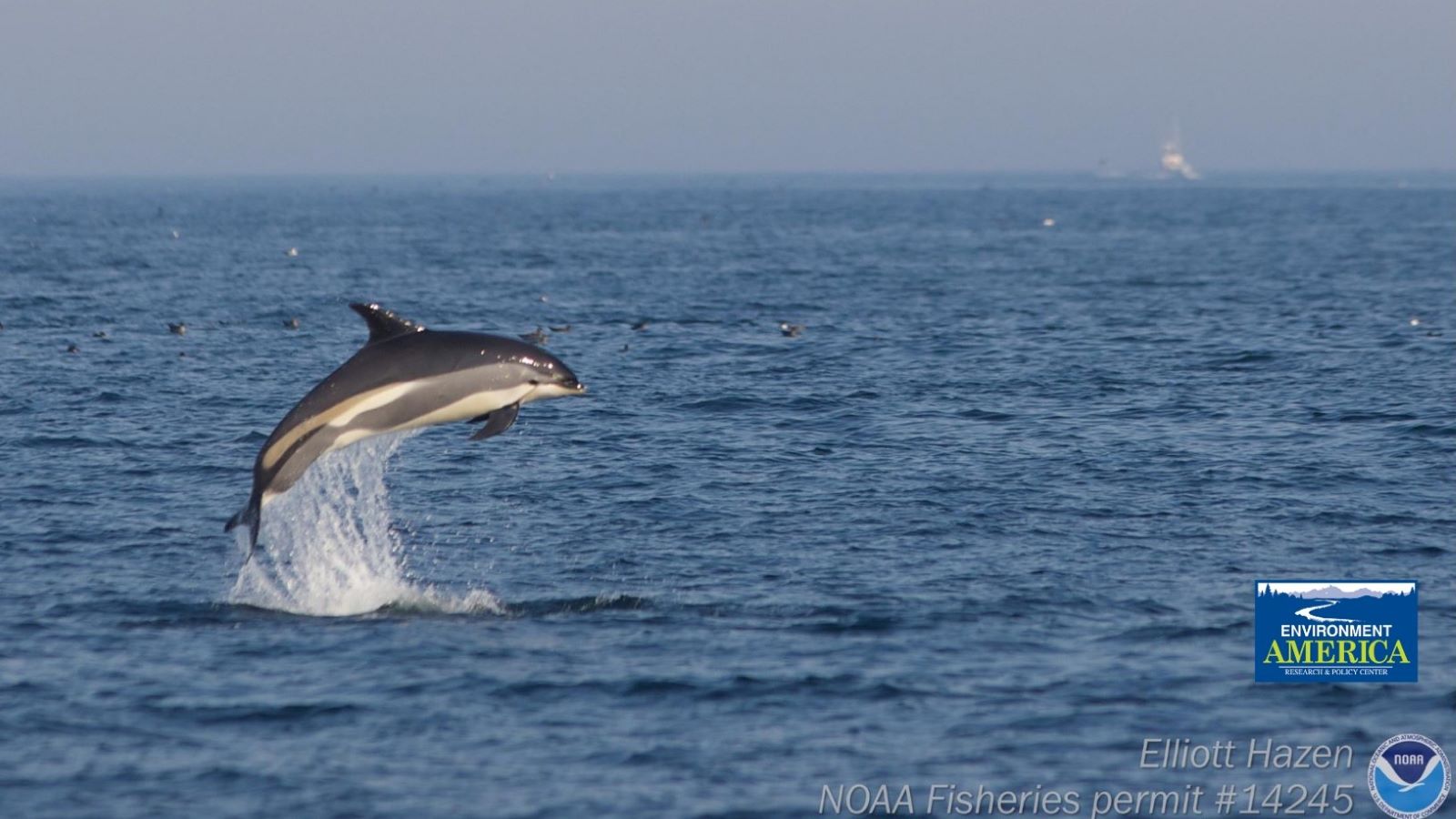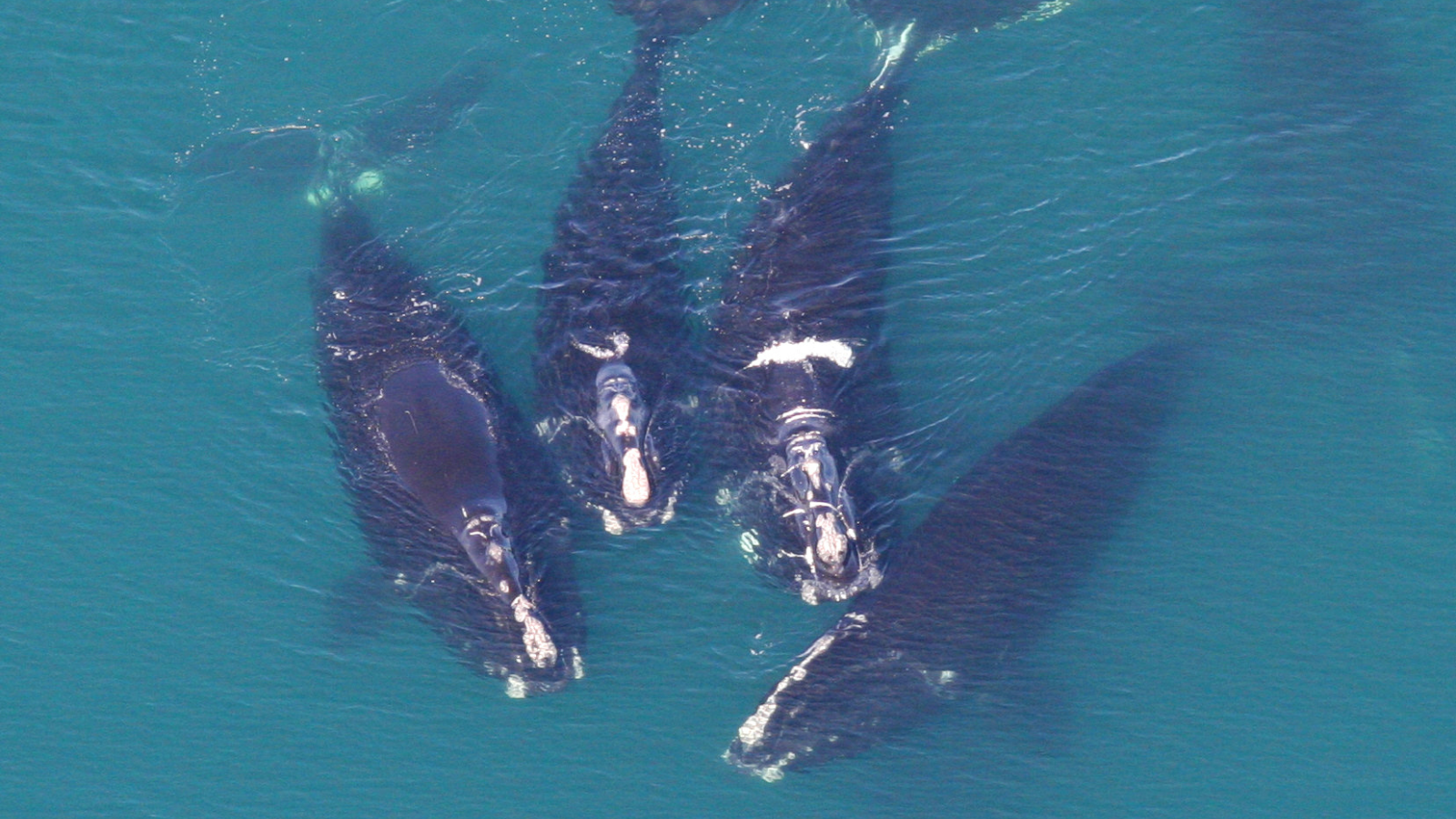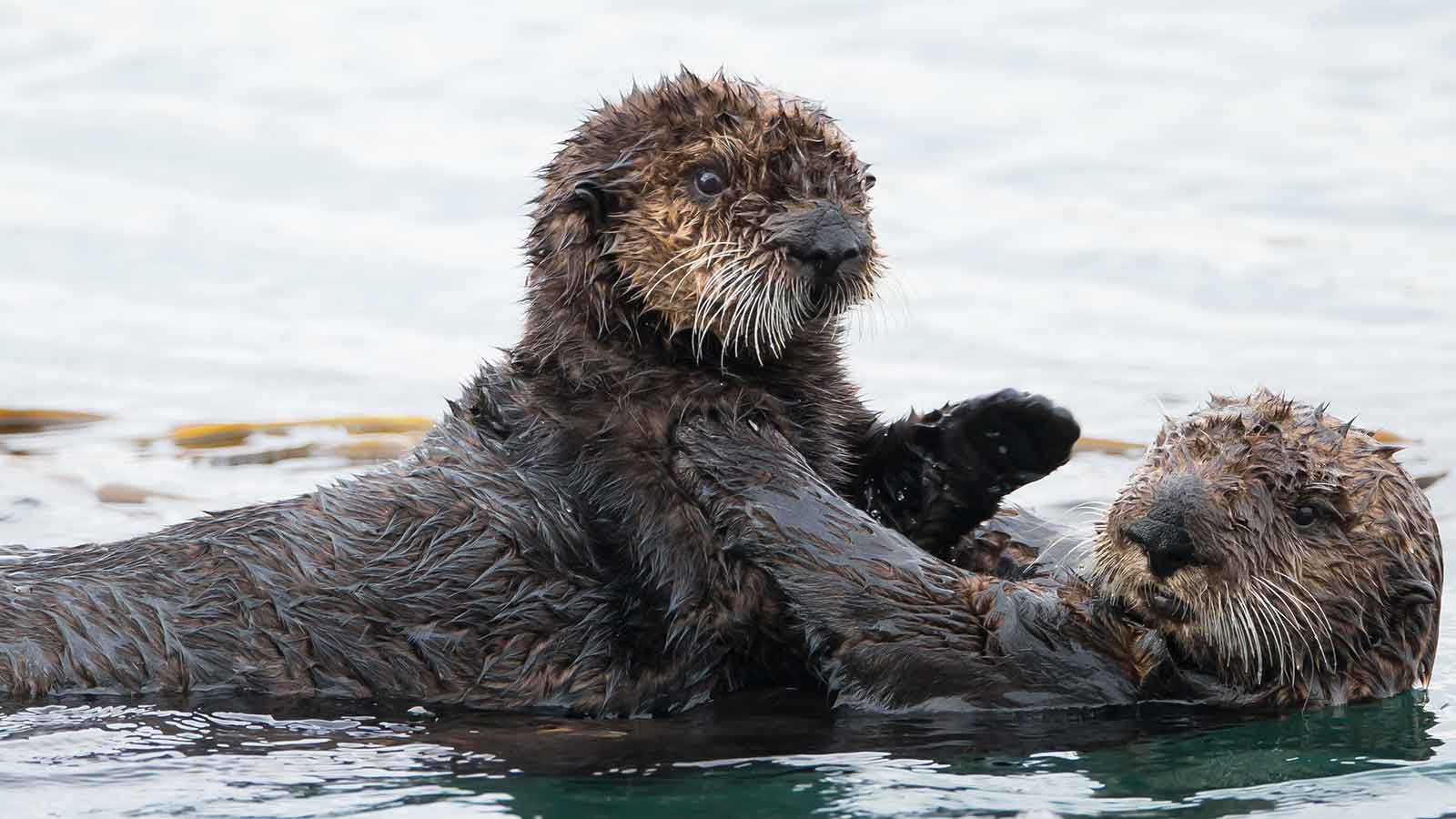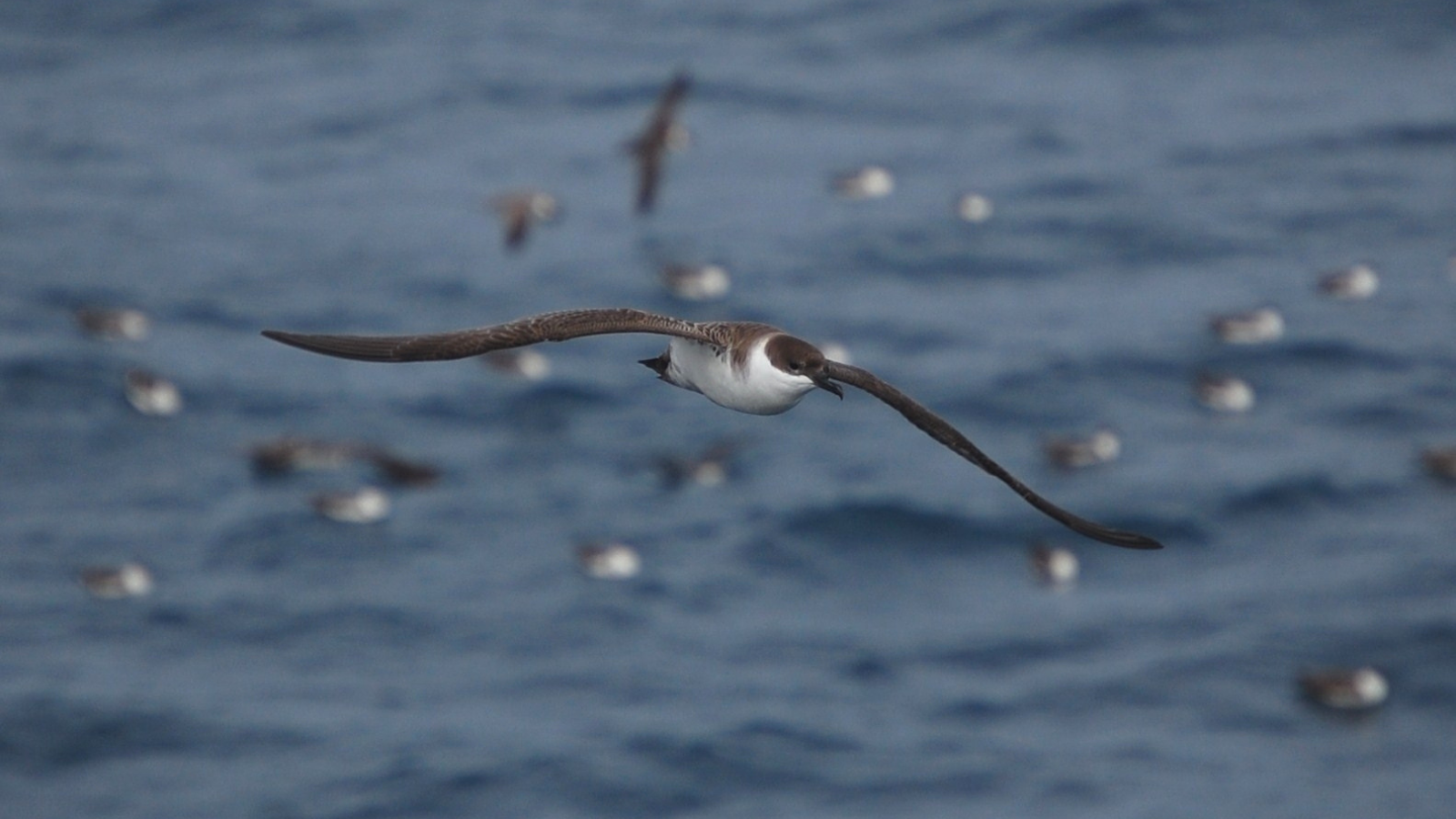How a love of the ocean can inspire action
Why the ocean’s power to build community is not limited to seashore.

Every summer in high school and college, I worked as a lifeguard. One of my favorite parts of the job was connecting with the range of surfers, families, swimmers and couples on the beach. Driving into work, I’d wave to the park rangers or the police trotting from the stables to the beach. Carrying my guard gear over the sand dune, I’d pause to talk about the water temperature with a resident. On a run during my lunch break, I sometimes stopped at Groundswell Surf Café for a glass of water and chatted with the cashier about the whales that breached earlier in the week. Over the years, these conversations built out into a network of friendships that led to invitations for cook-outs, bonfires and work-out plans.
Connection and conversation in a beautiful space built community.
This summer marked the first time that I did not return to the beach as a lifeguard. But I didn’t leave my love of the sea behind. Instead, as an Oceans Fellow with Environment America, I worked on a series of webinars — entitled “Our Amazing Oceans.” And while I did miss many parts of lifeguarding — the view, the morning workouts — I also learned that the ocean’s power to build community is not limited to seashore. Our webinars offered a similar chance to harness the interpersonal connections and the sense of wonder that’s necessary to build a community of ocean advocates. This realization is especially important now, when COVID-19 means that we can’t gather on beaches in the same way as in the past.
Here are three takeaways from my summer of oceans organizing.
1. The Importance of Outreach
While being on a beach offers face-to-face opportunities for conversation, Zoom calls were better than I expected. These virtual events didn’t diminish the ability to connect with passionate ocean advocates.
To make sure we maximized our outreach, we called our RSVP list to make sure everyone registered knew how to hop on before each webinar. Often, the conversations were brief: We shared the date, time and how to access the webinar platform. But sometimes, they lasted longer. Once, while calling for our webinar on the Stellwagen Bank National Marine Sanctuary, I spoke with an attendee who shared her fond memories of a whale watch in that very marine sanctuary. After another phone conversation, a registrant sent me images of drawings of whales that her daughter had made in preparation for the following night’s webinar on endangered right whales.
Just like my small conversations on the beach over the years led to friendships and invitations to cook outs, this outreach also built a foundation for deeper connections to ocean issues.
2. The Power of Shared Experience
While our phone calls were similar to the passing interactions I had on the beach, the webinars themselves played an even bigger role in developing a shared wonder of the unique and amazing experiences the sea offers.
On a beach trip earlier this summer, I watched an eagle dive into the ocean and grabbed a striper in its talons. A couple of little kids down the beach pointed at the bird soaring across the sky, while their mother explained to them the behavior and feeding habits of the birds. Nearby, a fisherman snapped photos with his phone and offered to share the pictures with other bystanders. These reactions reflected a sense of awe that interaction with marine ecosystems inspires. Moreover, the explanations by the mom and the kindness of the fisherman show how these natural wonders spur relationships.
In place of that type of experience, well-crafted presentations by panelists on webinars can also capture the marvel of the marine world and generate interpersonal connections.
In our webinar on the Northeast Canyons & Seamounts Marine National Monument, for example, attendees dove into the marine sanctuary and explored the underwater habitat (thanks to a video by the Natural Resources Defense Council). Just as beachgoers often turn to one another to connect and share reactions after a unique ocean experience; our audience-members asked panelists questions, emailed afterward to ask for the recording of the webinar; and contacted our advocates with questions about steps they could take to help protect more of our oceans.
3. The Impact of Storytelling
Over the course of “Our Amazing Oceans” webinar series, I learned that the best webinars place the audience squarely in panelists’ research ships, submarines and dive expeditions.
Gripping stories made it easier for attendees to understand the crux of the sometimes complex science and policy that were at the heart of the webinars. Dr. Dave Wiley’s narrative-driven explanation of his research on Humpback whales and sand lance in the Gulf of Maine (as seen in our “Global Warming in the Gulf of Maine” webinar) is a perfect example. He shared a story about tagging humpback whales, then used the information they collected to shape an understanding of the daily swimming and feeding habits of the whales. When paired with story, the graphs on-screen made sense.
In our “Right Whale Road Show” webinar, a story about the experience of performing a necropsy on a right whale that washed ashore inspired a wave of post-webinar outreach. In both instances, audience members followed up with emails. They asked for recordings of the webinar. They also shared actions they had taken, and expressed an interest in learning more about ways to get involved.
This experience is in line with what research has shown about communications around science and policy: Dully reciting facts about the ocean alone can alienate viewers. Instead, stories capture our memories more effectively. That’s why visits to the ocean can often catalyze action. On the beach, people make their own stories, which can stick with them for a lifetime. Whales breach, gulls steal sandwiches and seals pop their sleek heads out of water. These sights often inspire a sense of wonder at the ocean — and curiosity about the amazing animals that swim in its depths. Our best webinars foster the same sense of wonder by using stories to recreate that in-person ocean experience.
*
The process of growing a lasting movement to protect our oceans can seem daunting. But recognizing the parallels between my own experiences at the beach and successful ocean webinars show that interpersonal connection, discussion and engagement grow naturally out of a love for the sea and everything it holds. After these webinars, I now see my job as an organizer a little differently. One of my goals now is to find ways to replicate the interpersonal connection, sense of community, and wonder many find on the beach in power-building environments such as webinars, phone-banks and events.
Topics
Authors
Michaela Morris
Find Out More

A wave of youth ocean activism in Boston

Save the Whales

Can sea otters help with invasive species?

